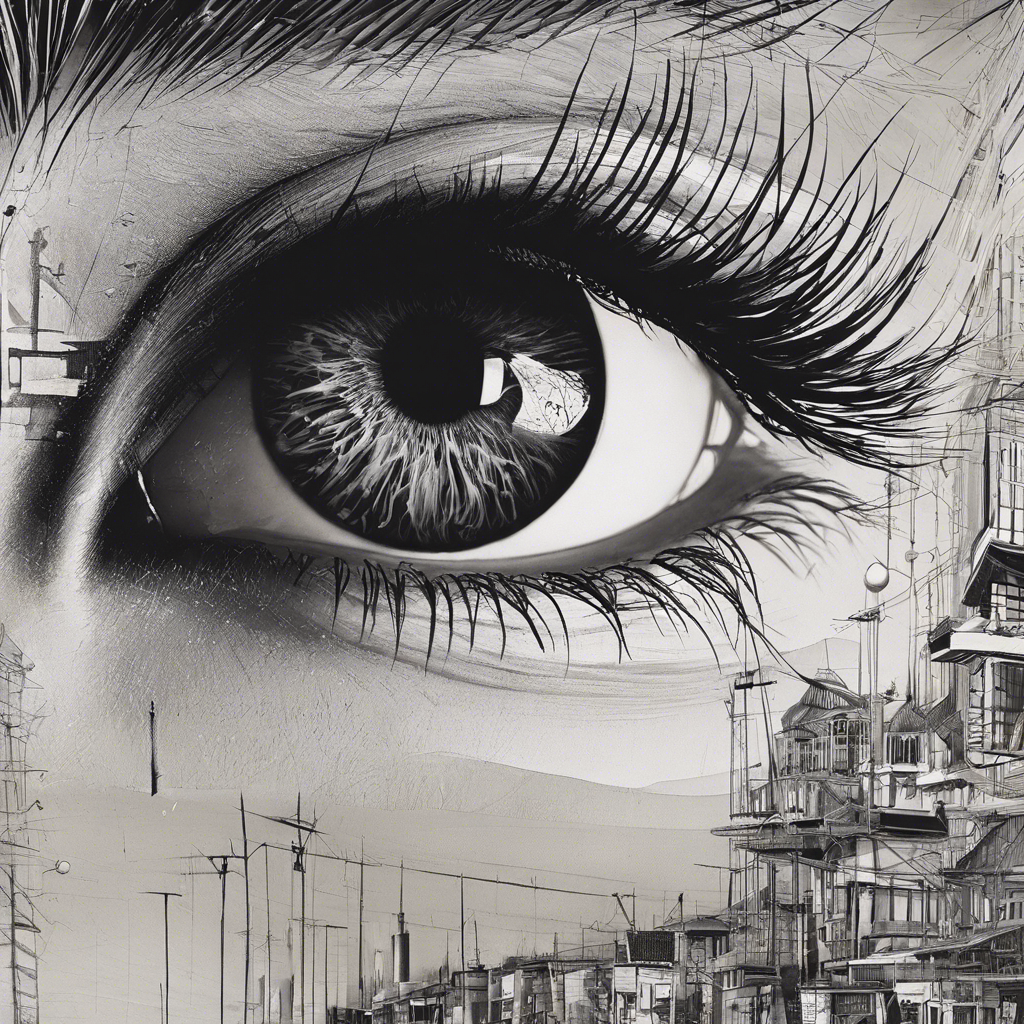The way an artist perceives and interprets the world around them is a fascinating exploration of perspective and how it influences their art. It is a unique window into the mind of a creative, offering insight into the very personal way they observe and process the world. This intrinsic link between perception and perspective is an intimate journey that varies from artist to artist and is an integral part of their craft.
Perception, in the realm of art, is not just about seeing but also about interpreting and understanding. It involves the artist’s sensory experience and the subsequent translation of those sensations into their artwork. This process is deeply personal and is influenced by the artist’s cultural background, emotional state, and unique life experiences. This results in a diverse array of artistic expressions that reflect individual perspectives and adds richness and depth to the art world.
Perspective, on the other hand, is the artistic device that gives two-dimensional artwork a three-dimensional appearance. It involves the use of techniques such as vanishing points, foreshortening, and value gradients to create the illusion of depth and spatial relationships. Just as perception varies from artist to artist, so too does their use of perspective. Some artists may strictly adhere to the rules of perspective to create realistic depictions of space, while others may manipulate or distort perspective to convey a particular mood or idea.
The interplay between perception and perspective is a dynamic dance. An artist’s unique perception influences how they choose to employ perspective in their work. Their personal interpretation of depth, space, and proportions can lead to innovative and experimental uses of perspective, pushing the boundaries of what we consider traditional. This interplay is what makes the artist’s eye so captivating and distinctive.
Exploring this interplay further, it’s intriguing to consider the impact of an artist’s emotional state and experiences on their perception and, consequently, their use of perspective. For example, an artist dealing with emotional distress or a traumatic experience may perceive and depict spatial relationships differently, using distorted or unconventional perspectives to express their internal turmoil.
Additionally, cultural background plays a significant role in shaping an artist’s perception and perspective. Artistic traditions and styles vary across cultures, and artists may draw on these influences, consciously or unconsciously, in their work. This cultural lens through which they view the world adds a layer of complexity and interest to their artwork.
By examining the artist’s eye and understanding their unique perception and perspective, we gain a deeper appreciation for their artwork. It allows us to understand their intent, interpretation, and the very heart of their creative process. It is a testament to the power of art to convey profound messages and evoke strong emotions in those who view it.
Furthermore, the artist’s eye also draws our attention to the intricacies of human perception. It invites us to question and challenge our own assumptions and interpretations of the world around us. By doing so, we open ourselves to a broader, more nuanced understanding of our sensory experiences, enriching our lives beyond the realm of art.
The relationship between perception and perspective in art is a complex and intriguing subject that warrants further exploration. It is a testament to the power of art to transcend mere representation and become a vehicle for personal expression and a unique window into the human experience. By delving into this relationship, we embark on a journey of discovery, enriching our understanding of art and, perhaps, ourselves.
In conclusion, the artist’s eye provides us with a unique and fascinating perspective on the world. It invites us to explore the intricate link between perception and perspective, offering a deeper understanding of the artist’s intent and creative process. By embracing this journey and appreciating the artist’s eye, we not only gain insight into their world but also broaden our own perspectives and enhance our appreciation of art and its impact on our lives.
This article aims to spark curiosity and encourage further exploration and dialogue about the intriguing world of artistic perception and perspective, and their impact on our artistic and cultural landscapes.

